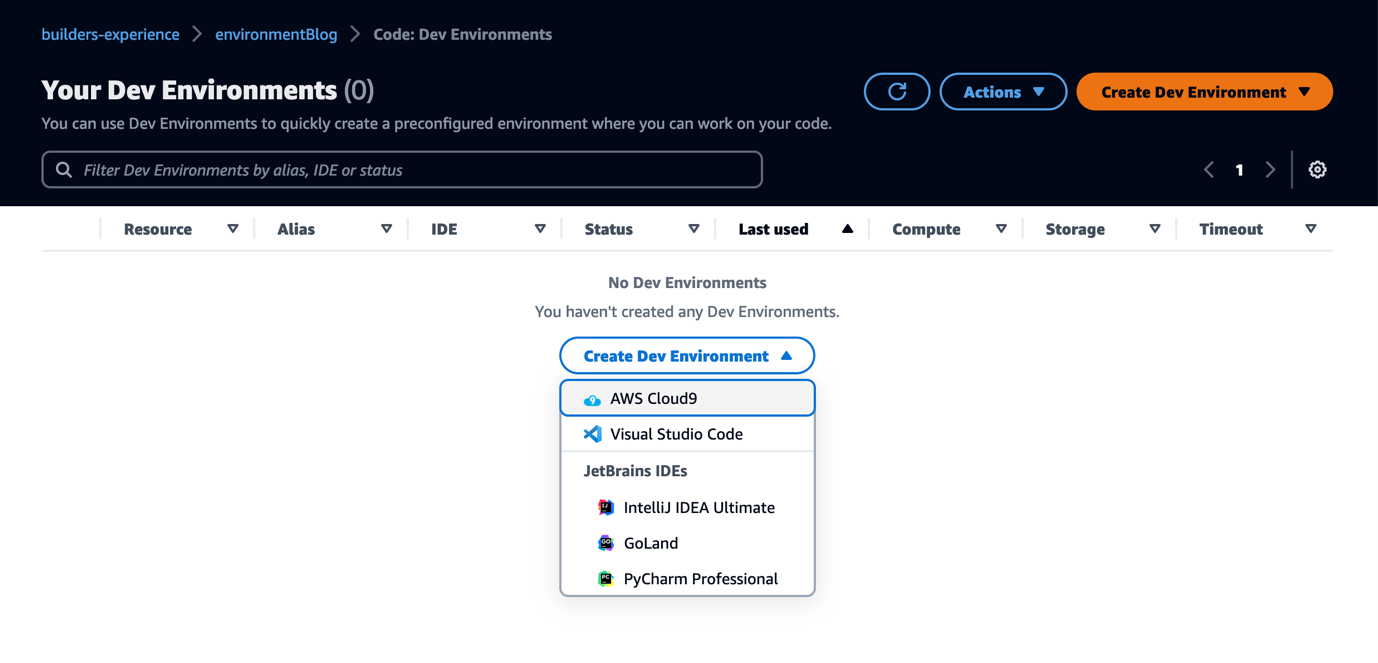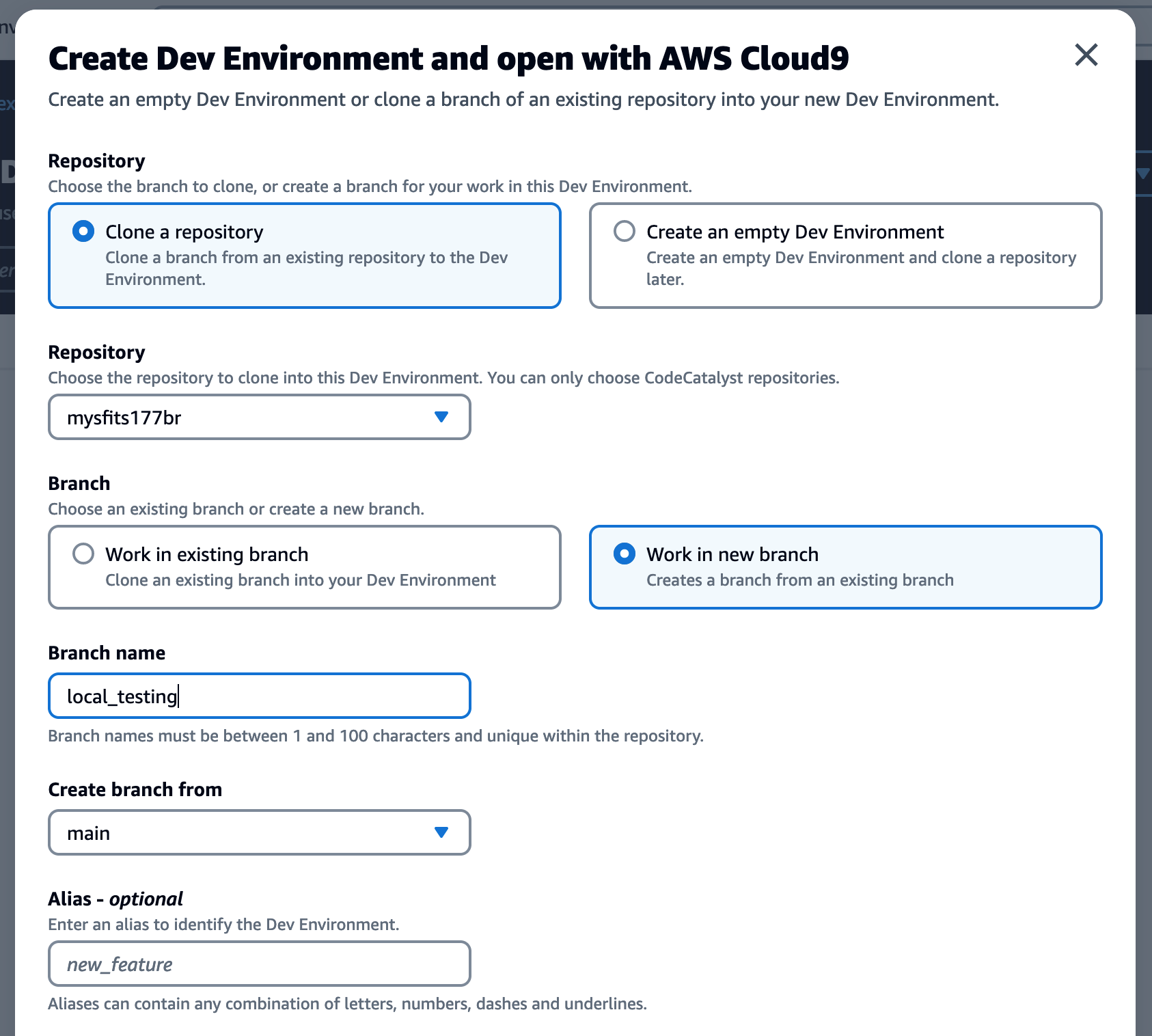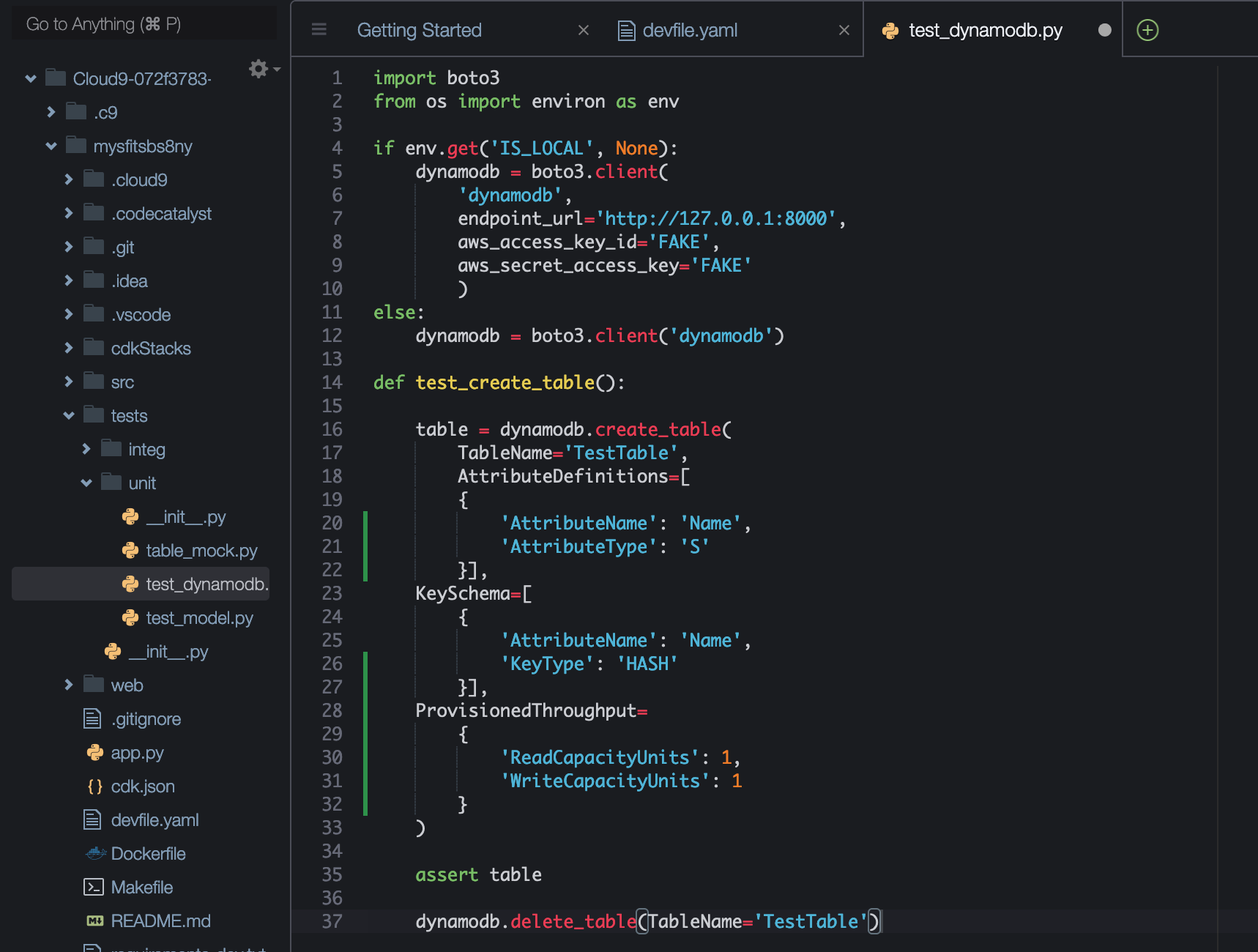Post Syndicated from Ryan Bachman original https://aws.amazon.com/blogs/devops/aws-codebuild-adds-support-for-aws-lambda-compute-mode/
AWS CodeBuild recently announced that it supports running projects on AWS Lambda. AWS CodeBuild is a fully managed continuous integration (CI) service that allows you to build and test your code without having to manage build servers. This new compute mode enables you to execute your CI process on the same AWS Lambda base images supported by the AWS Lambda service, providing consistency, performance, and cost benefits. If you are already building and deploying microservices or building code packages, its likely these light-weight and smaller code bases will benefit from the efficiencies gained by using Lambda compute for CI. In this post, I will explain the benefits of this new compute mode as well as provide an example CI workflow to demonstrate these benefits.
Consistency Benefits
One of the key benefits of running AWS CodeBuild projects using the AWS Lambda compute mode is consistency. By building and testing your serverless applications on the same base images AWS Lambda provides, you can ensure that your application works as intended before moving to production. This eliminates the possibility of compatibility issues that may arise when deploying to a different environment. Moreover, because the AWS Lambda runtime provides a standardized environment across all regions, you can build your serverless applications in Lambda on CodeBuild and have the confidence to deploy to any region where your customers are located.
Performance and Cost Benefits
Another significant advantage of running AWS CodeBuild projects on the AWS Lambda compute mode is performance. When you run your project with EC2 compute mode, there may be increased start-up latency that impacts the total CI process. However, because AWS Lambda is designed to process events in near real-time, executing jobs on the AWS Lambda compute mode can result in significant time savings. As a result, by switching to this new compute mode, you save time within your CI process and increase your frequency of integration.
Related to performance, our customers are looking for opportunities to optimize cost and deliver business value at the lowest price point. Customers can see meaningful cost optimization when using Lambda. Lambda-based compute offers better price/performance than CodeBuild’s current Amazon Elastic Compute Cloud (Amazon EC2) based compute — with per-second billing, 6,000 seconds of free tier, and 10GB of ephemeral storage. CodeBuild supports both x86 and Arm using AWS Graviton Processors for the new compute mode. By using the Graviton option, customers can further achieve lower costs with better performance.
Considerations
There are a few things to consider before moving your projects to AWS Lambda compute mode. Because this mode utilizes the same AWS Lambda service used by customers, there is a maximum project duration of 15 minutes and custom build timeouts are not supported. Additionally, local caching, batch builds, and docker image builds are not supported with Lambda compute mode. For a full list of limitations please refer to the AWS CodeBuild User Guide.
Walk-Through
In this walk-through I used a simple React app to showcase the performance benefits of building using CodeBuild’s Lambda compute option. To get started, I created an AWS CodeCommit repository and used npm to create a sample application that I then pushed to my CodeCommit repo.

Figure 1: CodeCommit Repository
Once my sample application is stored in my code repository, I then navigated to the AWS CodeBuild console. Using the console, I created two different CodeBuild projects. I selected my CodeCommit repository for the projects’ source and selected EC2 compute for one and Lambda for the other.

Figure 2: CodeBuild compute mode options
The compute mode is independent from instructions included in the project’s buildspec.yaml, so in order to test and compare the CI job on the two different compute modes, I created a buildspec and pushed that to the CodeCommit repository where I stored my simple React app in the previous step.
buildspec.yaml
version: 0.2
phases:
build:
commands:
- npm install -g yarn
- yarn
- npm run build
- npm run test -- --coverage --watchAll=false --testResultsProcessor="jest-junit"
artifacts:
name: "build-output"
base-directory: 'react-app'
files:
- "**/*"
reports:
test-report:
base-directory: 'react-app'
files:
- 'junit.xml'
file-format: 'JUNITXML'
coverage-report:
base-directory: 'react-app'
files:
- 'coverage/clover.xml'
file-format: 'CLOVERXML'
Once my projects were ready, I manually started each project from the console. Below are screenshots of the details of the execution times for each.

Figure 3: EC2 compute mode details

Figure 4: Lambda compute mode details
If you compare the provisioning and build times for this example you will see that the Lambda CodeBuild project executed significantly faster. In this example, the Lambda option was over 50% faster than the same build executed on EC2. If you are frequently building similar microservices that can take advantage of these efficiency gains, it is likely that CodeBuild on Lambda can save you both time and cost in your CI/CD pipelines.
Cleanup
If you followed along the walkthrough, you will want to remove the resources you created. First delete the two projects created in CodeBuild. This can be done by navigating to CodeBuild in the console, selecting each project and then hitting the “Delete build project” button. Next navigate to CodeCommit and delete the repository where you stored the code.
Conclusion
In conclusion, AWS CodeBuild using Lambda compute-mode provides significant benefits in terms of consistency, performance and cost. By building and testing your applications on the same runtime images executed by the AWS Lambda service, you can take advantage of benefits provided by the AWS Lambda service while reducing CI time and costs. We are excited to see how this new feature will help you build and deploy your applications faster and more efficiently. Get started today and take advantage of the benefits of running AWS CodeBuild projects on the AWS Lambda compute mode.







